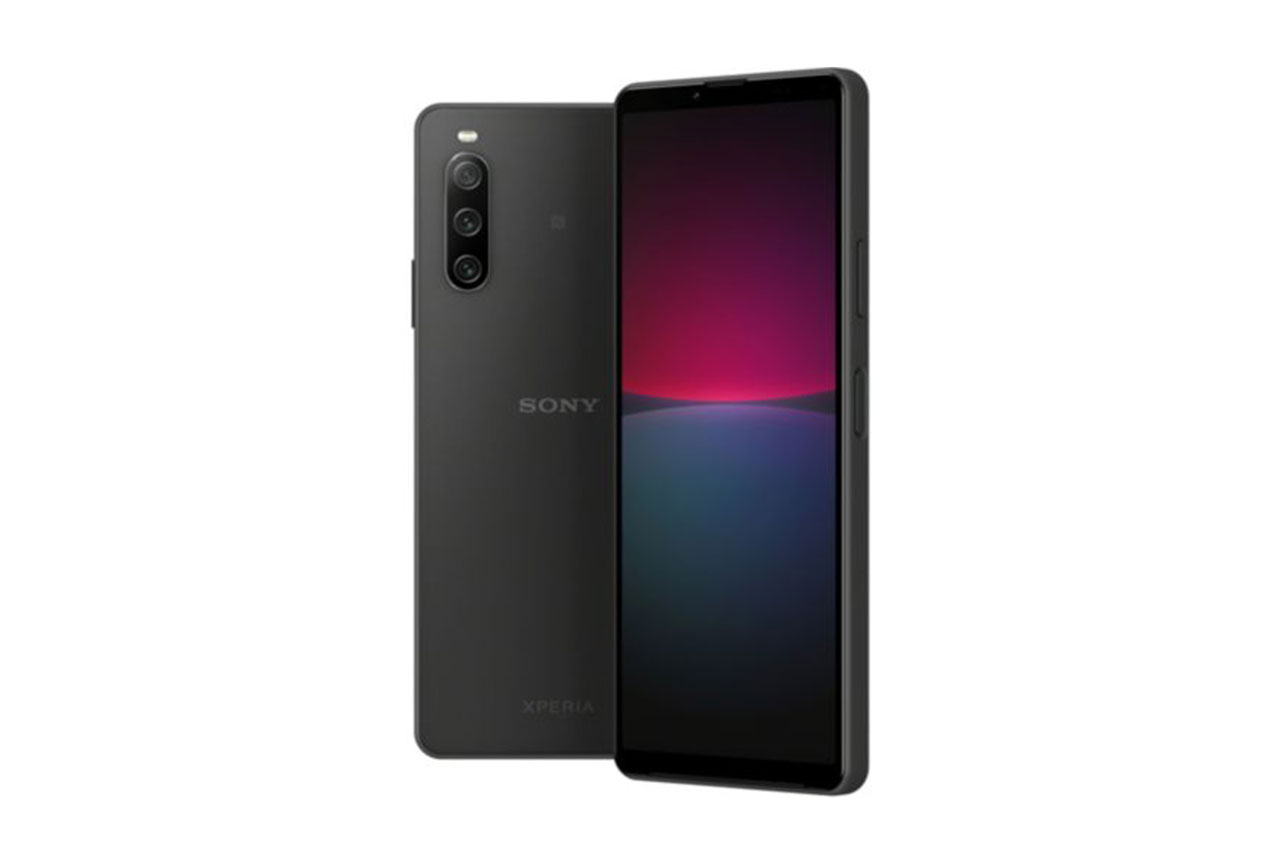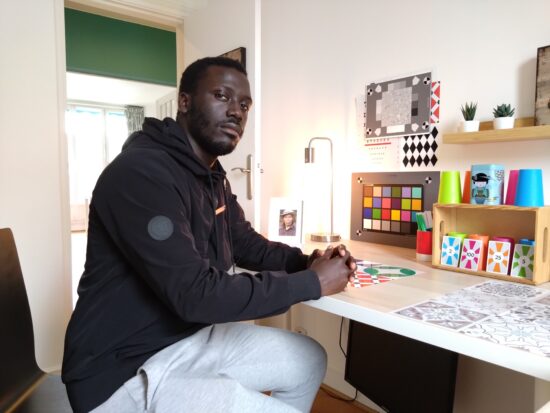We put the Sony Xperia 10 IV through our rigorous DXOMARK Camera test suite to measure its performance in photo, video, and zoom quality from an end-user perspective. This article breaks down how the device fared in a variety of tests and several common use cases and is intended to highlight the most important results of our testing with an extract of the captured data.
Overview
Key camera specifications:
- Primary:12MP 1/2.8″ sensor, f/1.8 aperture lens, PDAF, OIS
- Ultra-wide: 8MP, 1/4.0″ sensor, f/2.2 aperture lens
- Tele : 8MP, 1/4.4″ sensor, f/2.2 aperture lens, PDAF
Scoring
Sub-scores and attributes included in the calculations of the global score.

Sony Xperia 10 IV


Use cases & Conditions
Use case scores indicate the product performance in specific situations. They are not included in the overall score calculations.
Outdoor
Photos & videos shot in bright light conditions (≥1000 lux)
Indoor
Photos & videos shot in good lighting conditions (≥100lux)
Lowlight
Photos & videos shot in low lighting conditions (<100 lux)
Friends & Family
Portrait and group photo & videos
Pros
- Generally pleasant skin tones in low dynamic scenes.
- Fairly high level of detail in photos taken in outdoor conditions
- Fairly well-controlled level of noise in indoor and outdoor conditions in both photo and video
Cons
- Visible clipping in all conditions, and very limited HDR capabilities in photo and video.
- Inconsistent autofocus; in video, occasional visible focus pumping, and autofocus sometimes does not react
- Frequently visible ghosting in scenes with motion
- In bokeh, visible issues with depth estimation around the subject
- Erratic stabilization, with drift and frame shifts often visible
The Sony Xperia 10 IV’s main camera takes satisfying landscapes and portraits when the light conditions are good. But when lighting conditions become more complex, such as portraits with backlight or videos with a lot of movement, the resulting images could show limited dynamic range or some issues with autofocus.
However, the Xperia 10 IV’s camera performance still makes it an interesting option in this price range.
Test summary
About DXOMARK Camera tests: DXOMARK’s Camera evaluations take place in laboratories and in real-world situations using a wide variety of subjects. The scores rely on objective tests for which the results are calculated directly by measurement software on our laboratory setups, and on perceptual tests in which a sophisticated set of metrics allow a panel of image experts to compare aspects of image quality that require human judgment. Testing a smartphone involves a team of engineers and technicians for about a week. Photo, Zoom, and Video quality are scored separately and then combined into an Overall score for comparison among the cameras in different devices. For more information about the DXOMARK Camera protocol, click here. More details on smartphone camera scores are available here. The following section gathers key elements of DXOMARK’s exhaustive tests and analyses. Full performance evaluations are available upon request. Please contact us on how to receive a full report.
Photo
Sony Xperia 10 IV
169
For scoring and analysis, DXOMARK engineers capture and evaluate more than 2,600 test images both in controlled lab environments and in outdoor, indoor and low-light natural scenes, using the camera’s default settings. The photo protocol is designed to take into account the main use cases and is based on typical shooting scenarios, such as portraits, family, and landscape photography. The evaluation is performed by visually inspecting images against a reference of natural scenes, and by running objective measurements on images of charts captured in the lab under different lighting conditions from 1 to 1,000+ lux and color temperatures from 2,300K to 6,500K.
Sony Xperia 10 IV 169Zoom
DXOMARK engineers capture and evaluate over 400 test images in controlled lab environments and in outdoor, indoor, and low-light natural scenes, using the camera’s default settings and pinch zoom at various zoom factors from ultra wide to very long-range zoom. The evaluation is performed by visually inspecting the images against a reference of natural scenes, and by running objective measurements of chart mages captured in the lab under different conditions from 20 to 1000 lux and color temperatures from 2300K to 6500K.
Video
Sony Xperia 10 IV
159
DXOMARK engineers capture and evaluate more than 2.5 hours of video in controlled lab environments and in natural low-light, indoor and outdoor scenes, using the camera’s default settings. The evaluation consists of visually inspecting natural videos taken in various conditions and running objective measurements on videos of charts recorded in the lab under different conditions from 1 to 1000+ lux and color temperatures from 2,300K to 6,500K.




DXOMARK encourages its readers to share comments on the articles. To read or post comments, Disqus cookies are required. Change your Cookies Preferences and read more about our Comment Policy.